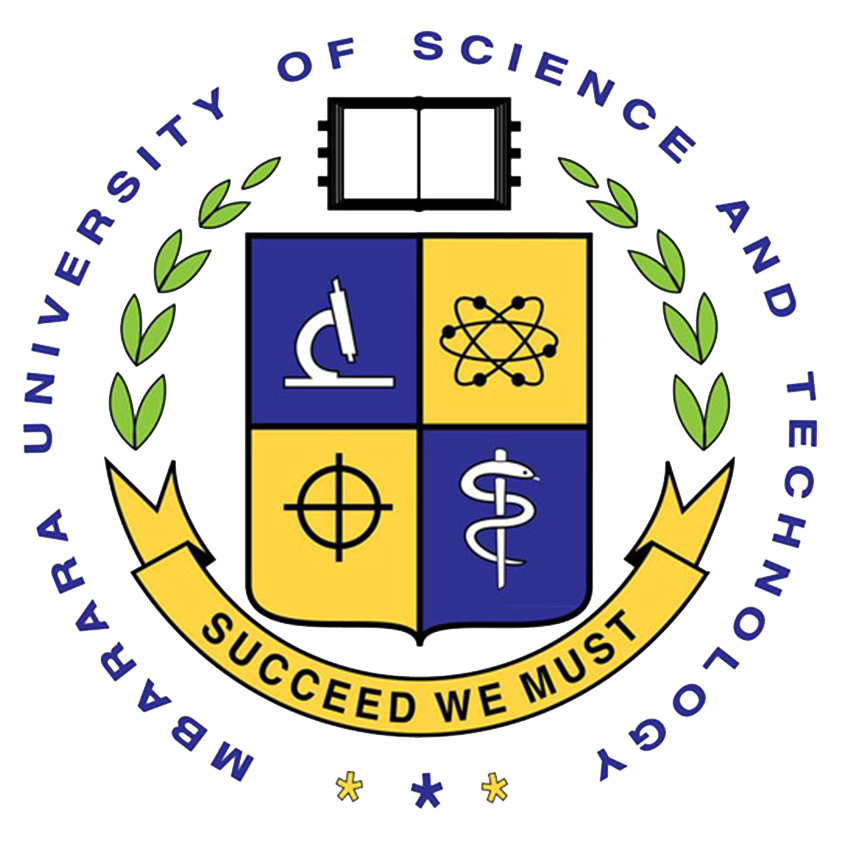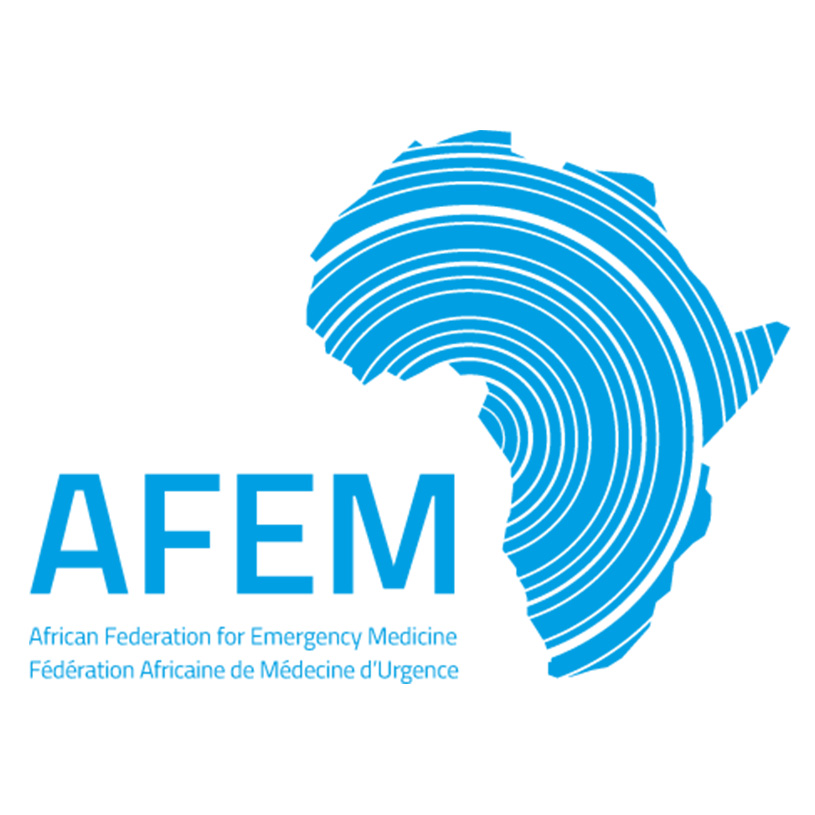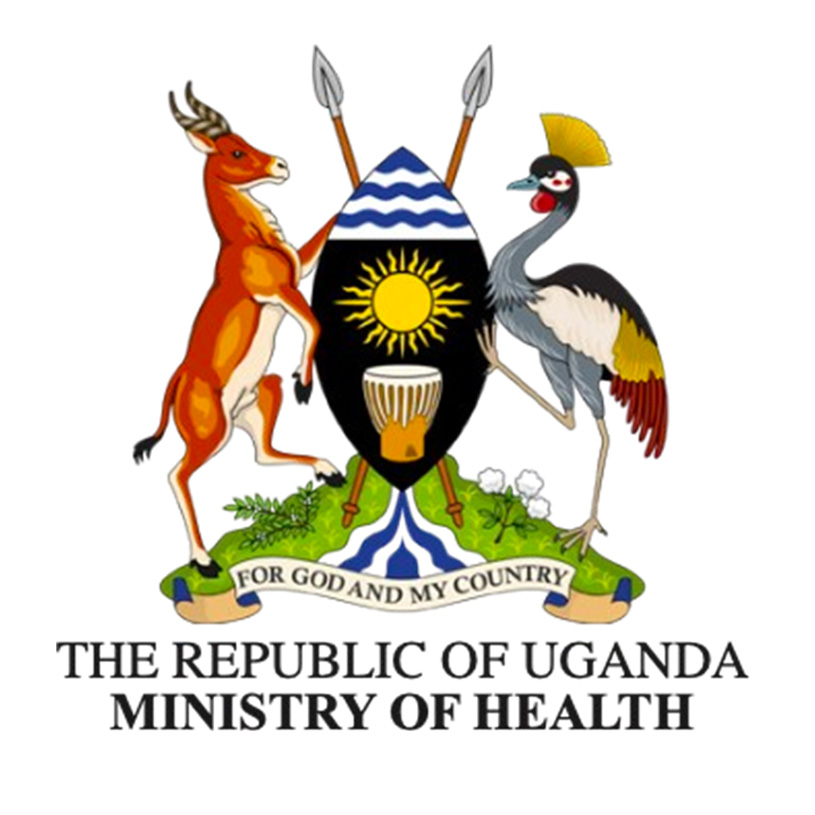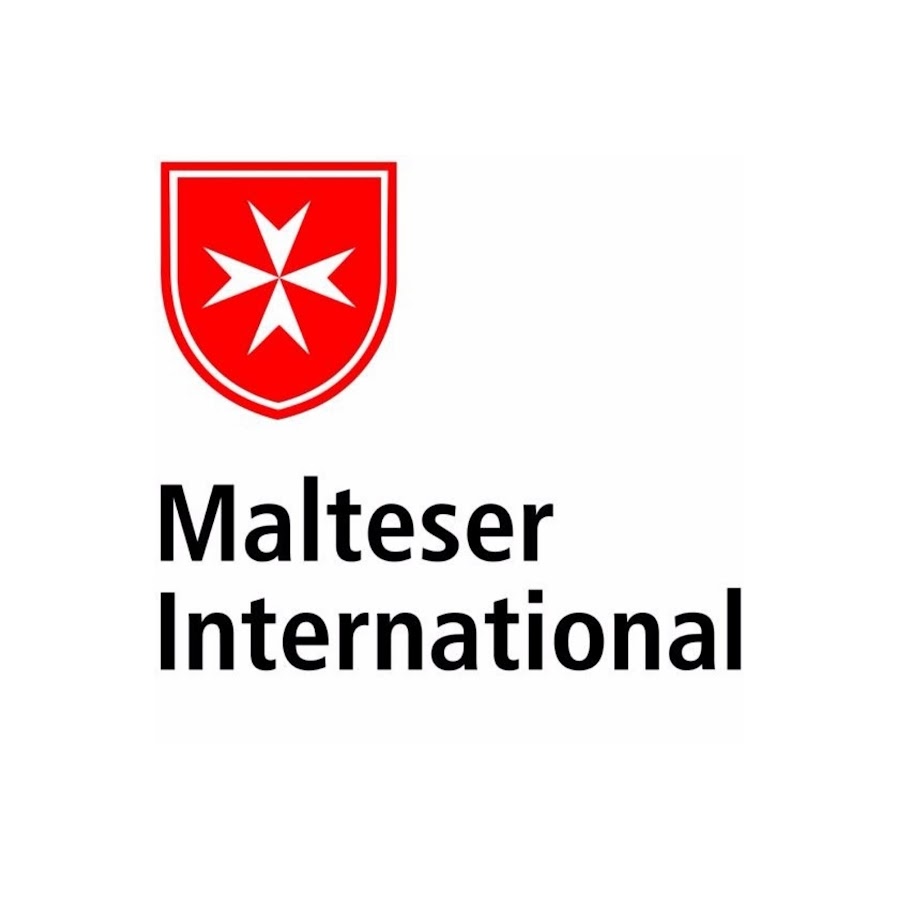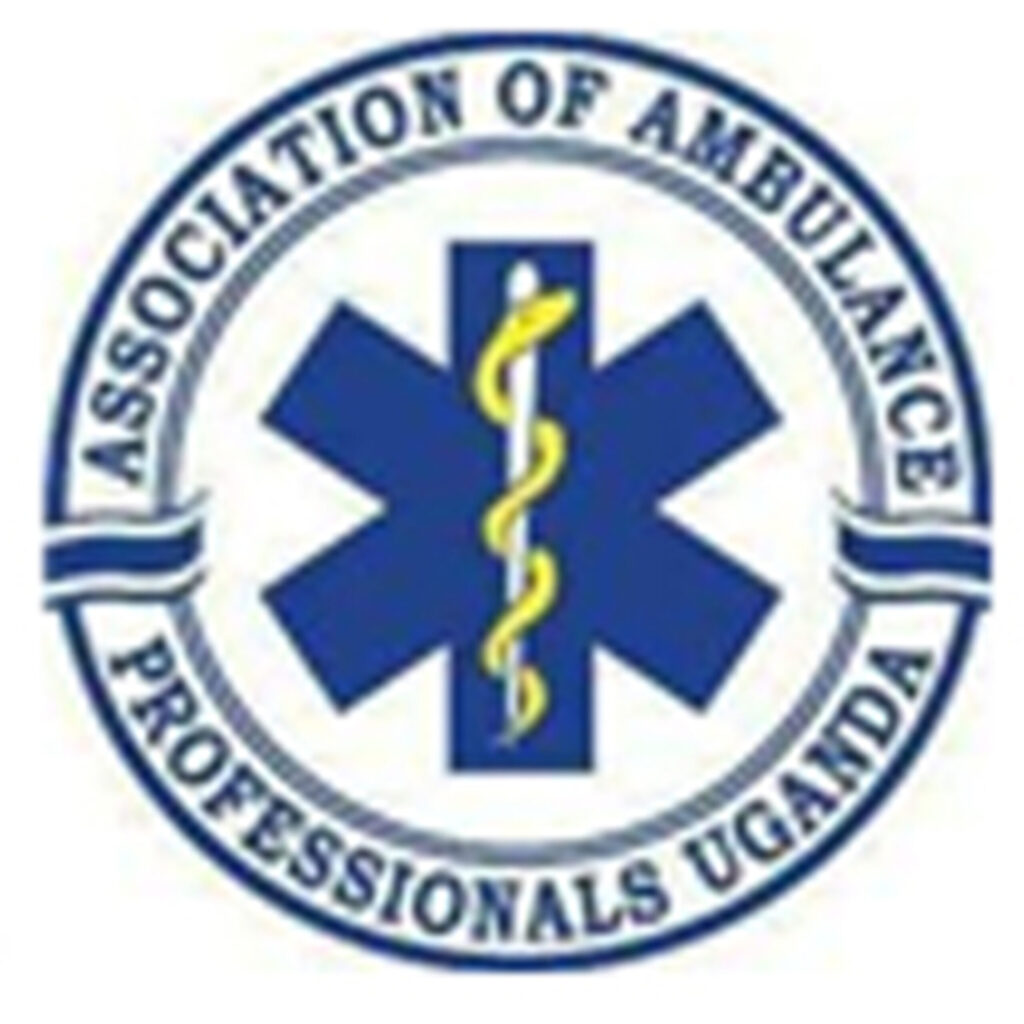Global Emergency Care is a 501(c)(3) nonprofit established in 2008, dedicated to
strengthening emergency care systems and provider education. With a focus on
sustainability, excellence, and true partnership, we collaborate with local and
international teams to expand life-saving services and raise the standard of emergency
care. Our work brings hope and a healthier future to all.
We are grateful to our amazing partners who come alongside GEC to bring the much needed emergency care to the people of Uganda.
